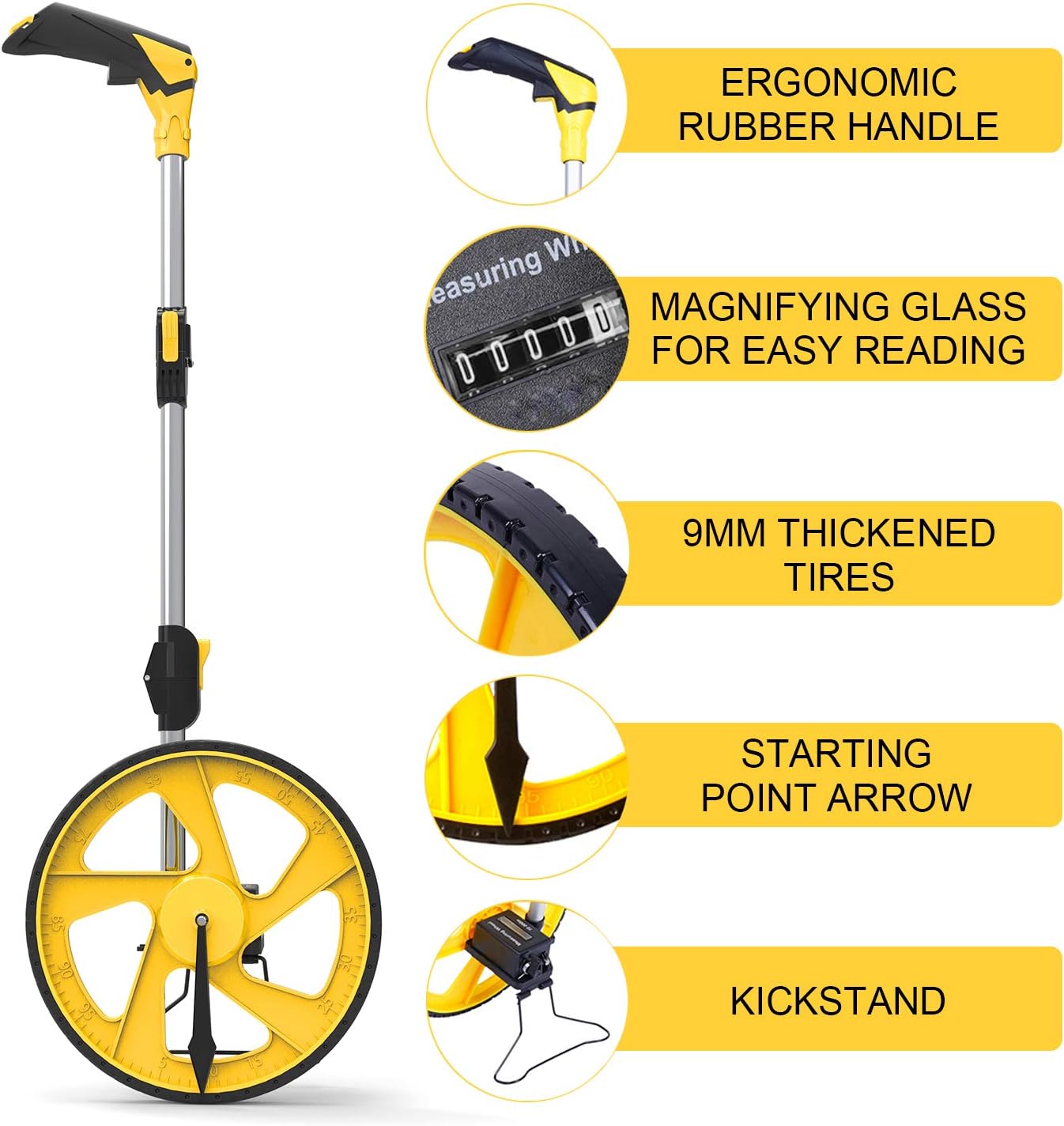
-
 Afrikaans
Afrikaans -
 Albanian
Albanian -
 Amharic
Amharic -
 Arabic
Arabic -
 Armenian
Armenian -
 Azerbaijani
Azerbaijani -
 Basque
Basque -
 Belarusian
Belarusian -
 Bengali
Bengali -
 Bosnian
Bosnian -
 Bulgarian
Bulgarian -
 Catalan
Catalan -
 Cebuano
Cebuano -
 Corsican
Corsican -
 Croatian
Croatian -
 Czech
Czech -
 Danish
Danish -
 Dutch
Dutch -
 English
English -
 Esperanto
Esperanto -
 Estonian
Estonian -
 Finnish
Finnish -
 French
French -
 Frisian
Frisian -
 Galician
Galician -
 Georgian
Georgian -
 German
German -
 Greek
Greek -
 Gujarati
Gujarati -
 Haitian Creole
Haitian Creole -
 hausa
hausa -
 hawaiian
hawaiian -
 Hebrew
Hebrew -
 Hindi
Hindi -
 Miao
Miao -
 Hungarian
Hungarian -
 Icelandic
Icelandic -
 igbo
igbo -
 Indonesian
Indonesian -
 irish
irish -
 Italian
Italian -
 Japanese
Japanese -
 Javanese
Javanese -
 Kannada
Kannada -
 kazakh
kazakh -
 Khmer
Khmer -
 Rwandese
Rwandese -
 Korean
Korean -
 Kurdish
Kurdish -
 Kyrgyz
Kyrgyz -
 Lao
Lao -
 Latin
Latin -
 Latvian
Latvian -
 Lithuanian
Lithuanian -
 Luxembourgish
Luxembourgish -
 Macedonian
Macedonian -
 Malgashi
Malgashi -
 Malay
Malay -
 Malayalam
Malayalam -
 Maltese
Maltese -
 Maori
Maori -
 Marathi
Marathi -
 Mongolian
Mongolian -
 Myanmar
Myanmar -
 Nepali
Nepali -
 Norwegian
Norwegian -
 Norwegian
Norwegian -
 Occitan
Occitan -
 Pashto
Pashto -
 Persian
Persian -
 Polish
Polish -
 Portuguese
Portuguese -
 Punjabi
Punjabi -
 Romanian
Romanian -
 Russian
Russian -
 Samoan
Samoan -
 Scottish Gaelic
Scottish Gaelic -
 Serbian
Serbian -
 Sesotho
Sesotho -
 Shona
Shona -
 Sindhi
Sindhi -
 Sinhala
Sinhala -
 Slovak
Slovak -
 Slovenian
Slovenian -
 Somali
Somali -
 Spanish
Spanish -
 Sundanese
Sundanese -
 Swahili
Swahili -
 Swedish
Swedish -
 Tagalog
Tagalog -
 Tajik
Tajik -
 Tamil
Tamil -
 Tatar
Tatar -
 Telugu
Telugu -
 Thai
Thai -
 Turkish
Turkish -
 Turkmen
Turkmen -
 Ukrainian
Ukrainian -
 Urdu
Urdu -
 Uighur
Uighur -
 Uzbek
Uzbek -
 Vietnamese
Vietnamese -
 Welsh
Welsh -
 Bantu
Bantu -
 Yiddish
Yiddish -
 Yoruba
Yoruba -
 Zulu
Zulu


Oct . 21, 2024 12:27 Back to list
'a guide to choosing the right cable laying roller'
A Guide to Choosing the Right Cable Laying Roller
When it comes to laying cables, selecting the appropriate equipment is crucial for ensuring efficiency and safety. One of the most important tools in this process is the cable laying roller. This guide will walk you through the essential factors to consider when choosing the right cable laying roller for your specific needs.
Understanding Cable Laying Rollers
Cable laying rollers are devices designed to help install cables, wires, and hoses on a variety of surfaces while minimizing friction and protecting the cable's integrity. They come in various designs and sizes, tailored to different types of cables and laying conditions. Here’s what you need to consider
1. Cable Type and Size
The first factor to consider is the type of cable you will be laying. Different cables, such as power cables, fiber optic cables, or communication wires, have unique requirements. Additionally, you should consider the diameter and weight of the cables. Choose a roller that can accommodate the specific dimensions and weight of your cable to ensure smooth and safe installation.
The terrain where the cable will be laid significantly affects your choice of roller. If you are working on uneven ground, you may need a roller with adjustable heights or the ability to navigate rough surfaces. For smooth surfaces, standard rollers are usually sufficient. Furthermore, consider the environmental conditions, such as temperature and exposure to moisture, which might necessitate using rollers made of durable, weather-resistant materials.
3. Load Capacity
'a guide to choosing the right cable laying roller'

Different cable laying rollers have varying load capacities. It’s essential to select a roller that can handle the weight of the cables being laid. Overloading the roller can lead to equipment failure, cable damage, and potential safety hazards. Always check the specifications provided by the manufacturer to ensure that the roller you choose meets the required load capacity.
4. Ease of Use
Another critical aspect to consider is how user-friendly the roller is. Look for features such as lightweight designs for easy transport, quick setup mechanisms, and the ease of attaching and detaching cables. A roller that can be easily maneuvered will increase efficiency and reduce the likelihood of user fatigue during long cable-laying projects.
5. Durability and Maintenance
Investing in durable equipment can save costs in the long run. Look for rollers made from high-quality materials that can withstand wear and tear. It’s also beneficial to choose rollers that require minimal maintenance, allowing you to focus on the installation process rather than equipment upkeep.
6. Budget
Lastly, consider your budget. Quality cable laying rollers can vary widely in price. While it may be tempting to opt for the cheapest option, remember that investing in a reliable roller can enhance performance and reduce the risk of damage or accidents in the long run.
Conclusion
Choosing the right cable laying roller is essential for successful cable installation. By considering the type and size of the cable, the terrain, load capacity, ease of use, durability, and budget, you can select a roller that meets your needs efficiently. Take your time to evaluate your options and invest wisely in the right equipment to ensure a smooth and safe cable laying process.
Latest news
Your Best Choice for Duct Rodder and Fish Tape Wire Puller Tools
NewsAug.13,2025
Unlocking Efficiency and Precision with Premium Cable Tools and Equipment
NewsAug.13,2025
Smart Solutions with Precision: Cable Pulling Tools That Deliver
NewsAug.13,2025
Reliable Protection with Advanced Hot Stick Technology
NewsAug.13,2025
Reliable Cable Installation Tools at Your Fingertips
NewsAug.13,2025
Optimized Cable Laying with Heavy-Duty Solutions for Modern Projects
NewsAug.13,2025











